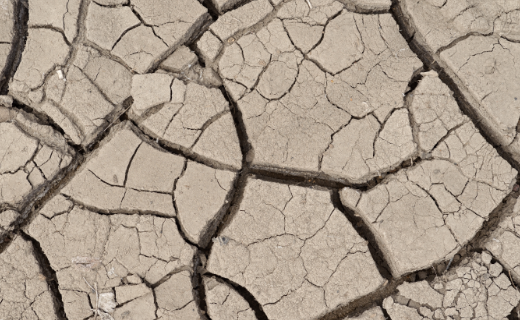
Atopic dermatitis, also known as atopic eczema, is one of the most common chronic skin conditions. It presents predominantly in childhood and tends to…

The origin of the olive tree goes back to the beginnings of recorded human history. For example, archaeological finds show that the wild form of the tree was used in Syria in the 4th century BC. The olive tree was considered a tree of life and the olive branch was used as a sign of peace, not only in the biblical story of Noah’s Ark, but also among the ancients.
Olive oil is mainly composed of glycine-linked fatty acids – the triglycerides. In particular, these include oleic acid, palmitic acid, linoleic acid, and small amounts of stearic acid and palmitoleic acid. In addition, it contains low levels of phospholipids, carotenoids, and vitamins A and E, two very important vitamins for the skin.
The properties and effects of vitamins A and E will be discussed in detail in a separate article. Natural olive oil (native and untreated) also contains the antioxidants Oleocanthal and Oleuropein.
Oleocanthal is a naturally-occurring, non-selective inhibitor of cyclooxygenase, a key enzyme for the regulation of inflammation and pain.
Messengers such as prostaglandins, which are responsible for pain transmission and inflammatory spread, cannot be formed in the presence of oleocanthal, thus preventing the inflammatory response (1). This mechanism is similar to the action of the drug ibuprofen.
Oleuropein also has special properties. Data obtained from a scientific panel indicates that oleuropein, both alone and in combination with a chemotherapeutic agent, has an in-vitro (i.e., in cultured cells) anticancer effect in high-metastatic osteosarcoma (a type of bone cancer) (2).
Another study, published in 2017, demonstrated antioxidant protection against cell death of keratinocytes (cells of the upper skin layer) that were exposed to UVB radiation. This suggests that intake of native olive oil may help prevent UVB-induced skin cancer (3).
Between the cells of the horny layer of the skin are intercellular lipids (fats) that surround the keratinocytes. These lipids consist of ceramides, free fatty acids, and cholesterol. This creates a water-repellent and fat-liking border zone that reduces the permeability of our skin.
Due to its chemical structure, olive oil can penetrate the horny layer and improve its smoothness and protection capabilities. The fatty acids are ideal carriers for fat-soluble substances, including the vitamins A and E. The other therapeutic ingredients contained within olive oil penetrate through the protective layer and can exert their effects deep within the skin.
The direct use of pure oils as skin care can be more comedogenic, thereby causing blemishes. More suitable is a mixture of different fats in a cream that combines the beneficial qualities of olive oil with optimal solubility.

Atopic dermatitis, also known as atopic eczema, is one of the most common chronic skin conditions. It presents predominantly in childhood and tends to…

Beneficial effects of the horse chestnut
Horse chestnut, also called aesculus hippocastanum, is a plant. Its seed, bark, flowers, and leaves have medicinal properties. Horse chestnut seeds can…

Biologics for the treatment of melanoma
In the treatment of melanoma, biologics are used in the form of checkpoint inhibitors. There are two approaches…
Przychodzen P, Wyszkowska R, Gorzynik-Debicka M, Kostrzewa T, Kuban-Jankowska A, Gorska-Ponikowska M. Anticancer potential of oleuropein, the polyphenol of olive oil, with 2-methoxyestradiol, separately or in combination, in human osteosarcoma cells. Anticancer Res. 2019 Mar;39(3):1243-1251.
Salucci S, Burattini S, Buontempo F, Martelli AM, Falcieri E, Battistelli M. Protective effect of different antioxidant agents in UVB-irradiated keratinocytes. Eur J Histochem. 2017 Sep 18;61(3):2784.

We will call you back soon